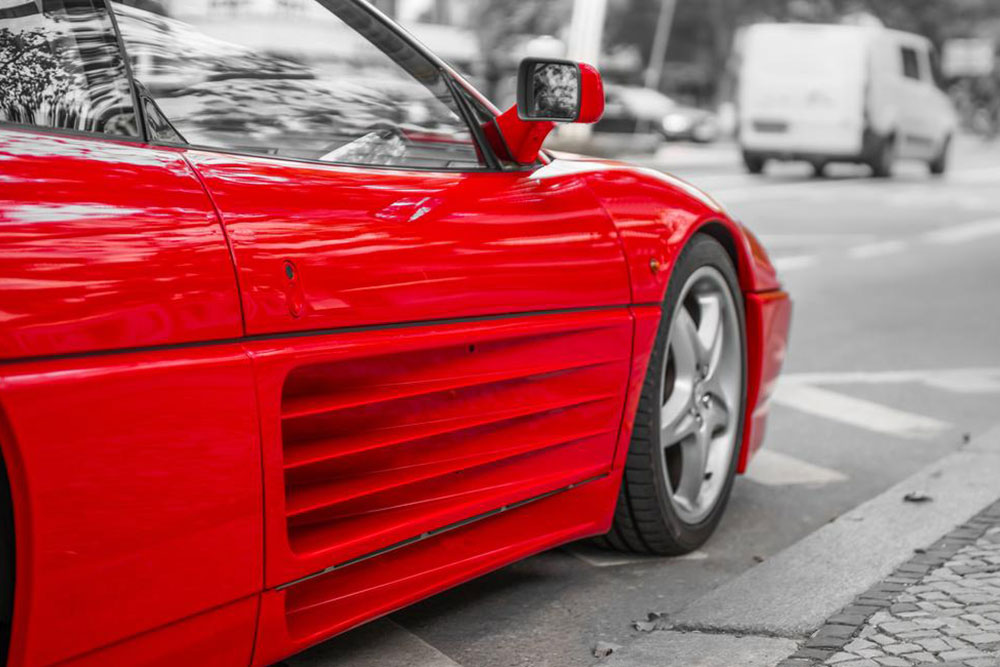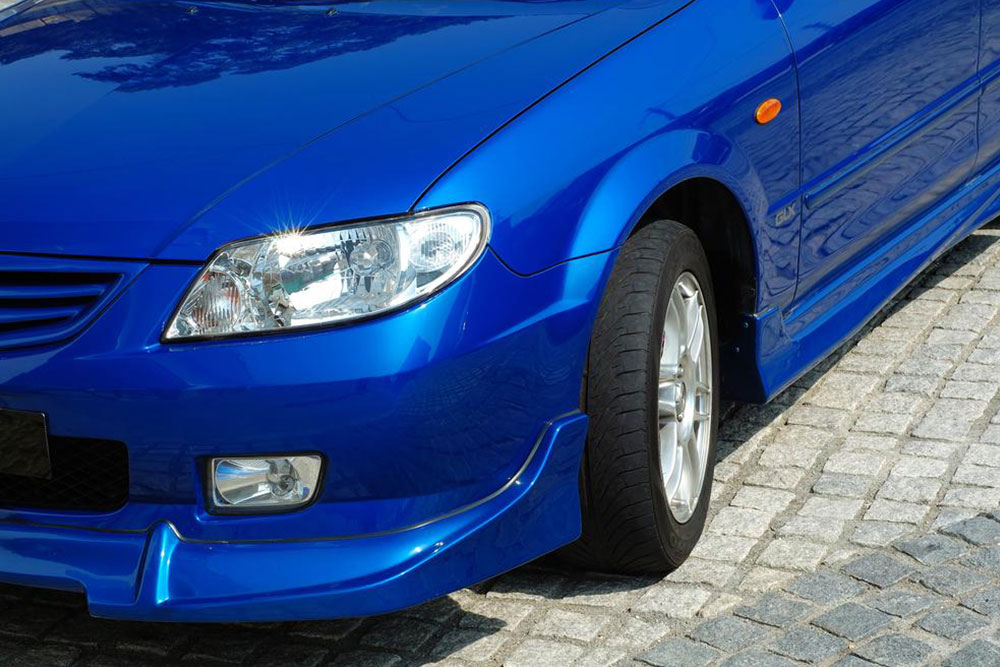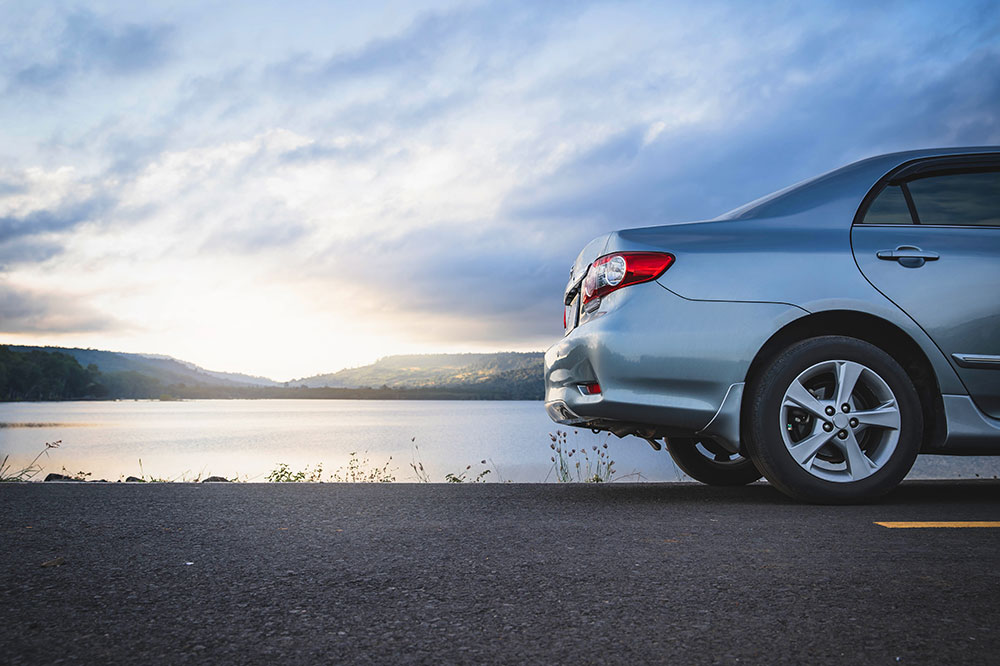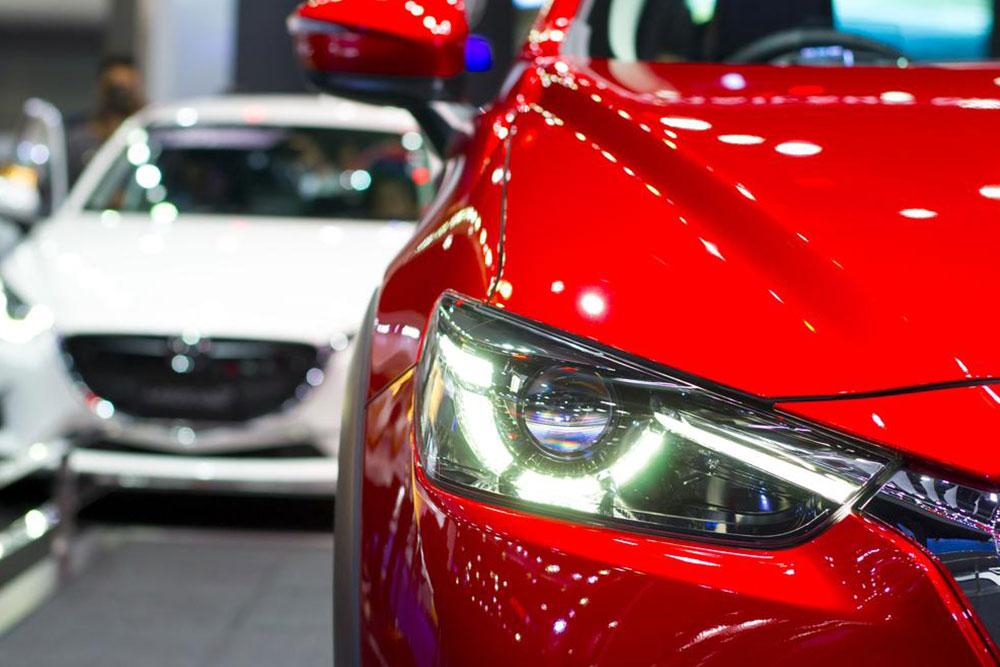Comprehensive History and Evolution of the BMW 5 Series: From Inception to Modern Innovation
Explore the comprehensive evolution of the BMW 5 Series, from its inception in 1972 to its latest models. Discover how each generation introduced new innovations in safety, technology, and design, cementing its status as a leader in luxury executive cars. Learn about the technological advancements, safety features, and performance upgrades that have defined this iconic series over the decades, making it a symbol of automotive excellence and innovation. Whether you're a car enthusiast or a prospective buyer, this detailed history offers valuable insights into BMW's commitment to excellence.
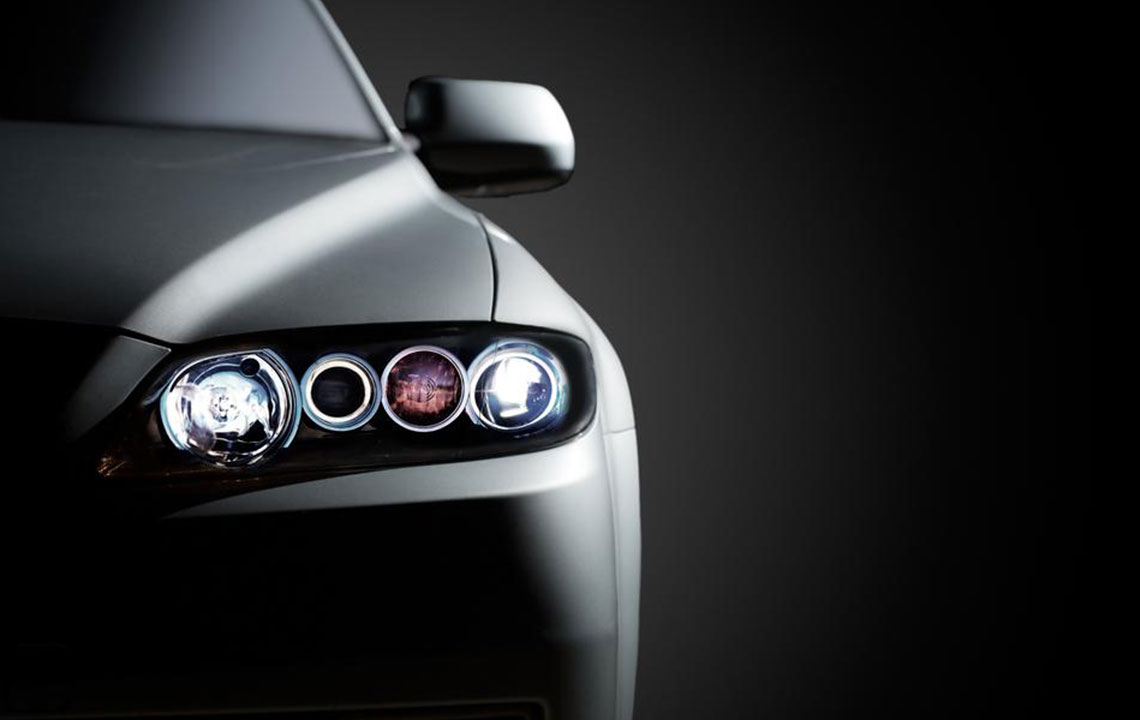
The Evolution of the BMW 5 Series Over the Decades
The BMW 5 Series has long stood as a symbol of engineering excellence and innovation in the luxury car segment. Its journey began over five decades ago, in 1972, when BMW introduced the first-generation E12 model. This initial version laid the foundation for what would become a highly acclaimed line of executive sedans known for performance, comfort, and advanced features. Over the years, the 5 Series has continuously evolved, integrating cutting-edge technology, safety innovations, and design enhancements to meet the changing demands of drivers worldwide.
The first-generation E12 was tailored to meet strict U.S. regulations, which prompted BMW to adapt and modify the model for commercial viability in the American market. Despite these challenges, the E12 established the prestige associated with the 5 Series. The model was offered with various engine options, including inline-six and four-cylinder configurations, emphasizing a balance between power and efficiency.
In 1981, BMW launched the second-generation E28, introducing a host of new features that set a benchmark for luxury and convenience. This version was notably equipped with power windows, a sunroof, fog lights, and cruise control, reflecting an increased focus on driver comfort and safety. Additionally, this generation offered choices between manual and automatic transmissions, catering to different driver preferences. The E28 also marked the debut of diesel engine options in the 5 Series lineup in 1983, expanding its appeal to a broader audience seeking fuel-efficient yet performance-oriented vehicles.
The third-generation E34 arrived in the early 1990s and represented a significant leap forward in terms of technology, safety, and comfort. This model was praised for its enhanced safety features, including airbags and anti-lock braking systems (ABS), which contributed to its reputation for reliability and driver assurance. The E34 series also saw the introduction of the 525i Touring model in 1991, showcasing BMW's commitment to versatility and practicality. The E34's design was characterized by a more refined aesthetic, with smoother lines and a more spacious interior, aligning with the luxury standards of the time.
From 1995 to 2003, the fourth-generation E39 solidified the 5 Series' status as a global icon. Known for its exceptional driving dynamics, comfort, and durability, the E39 became particularly popular among enthusiasts and everyday drivers alike. The high-performance M5 variant of this generation gained worldwide acclaim for its exhilarating power and handling, establishing a benchmark for sports sedans. Technological advancements during this phase included improved suspension systems, electronic stability controls, and multiple safety features, elevating the overall driving experience.
The fifth-generation E60, launched in the mid-2000s, introduced modern design elements and groundbreaking technological features. The E60 featured a more aggressive, sporty exterior and incorporated innovations such as voice control systems and BMW's iDrive technology, which revolutionized in-car multimedia and navigation management. This generation also marked a shift towards increased safety and driver assistance systems, aligning with contemporary automotive standards. The F10 model, which succeeded the E60, carried forward these technological innovations and refined the aesthetic appeal of the line.
The sixth generation included the F07 Gran Turismo hatchback, blending the attributes of a luxury sedan and a versatile hatchback. This model was lauded for its spacious interior, elevated ride height, and sporty handling, offering an alternative to traditional sedans and SUVs. It aimed to cater to drivers seeking a combination of style, practicality, and performance in one package.
The current and seventh-generation G30, launched in 2017, exemplifies BMW’s commitment to sporty elegance and cutting-edge technology. This generation features a muscular, aerodynamic design that exudes confidence and modernity. It offers a range of efficient powertrains, including hybrid options that combine electric and fuel power, reflecting BMW’s focus on sustainable performance. The G30 incorporates advanced driver assistance systems, adaptive suspension, and state-of-the-art infotainment platforms, making it one of the most technologically sophisticated 5 Series models to date. Its refined craftsmanship and dynamic handling continue to attract luxury car enthusiasts around the world.
Throughout its history, the BMW 5 Series has maintained its reputation as a leader in the executive car segment by consistently integrating innovative technology, ensuring safety, and delivering exhilarating driving experiences. From its humble beginnings in the early 1970s to the modern, hybrid-powered models, the 5 Series exemplifies BMW's philosophy of 'The Ultimate Driving Machine.' The evolution of this iconic lineup showcases BMW’s dedication to advancement, comfort, and performance, safeguarding its position as a favorite among discerning drivers globally.
